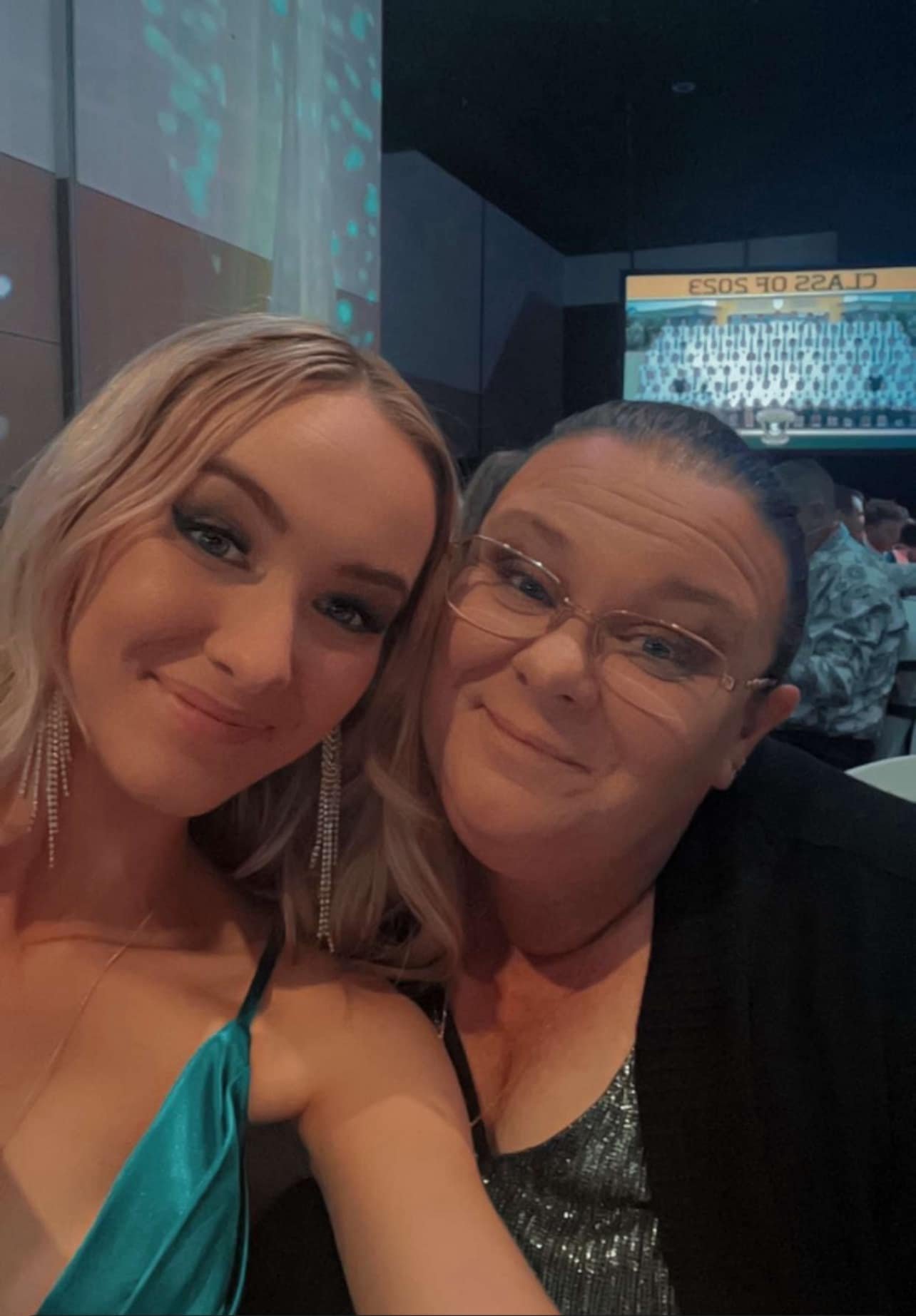A breathless birthday: The Importance of Red Nose Day
It was my sister’s birthday. Twenty years ago. A day when candles should flicker with hope, not fade into panic. That morning, my six-week-old niece (and goddaughter), Morghan, stopped breathing. One minute she was there, tiny lungs taking in the world, the next she was still—a terrifying stillness that no mother should ever witness.
My sister, a nurse before she was a mother, with hands that had saved others countless times, found herself fighting to save her own newborn daughter. In a battle that should never have been, she began CPR, refusing to let go, her will to keep breathing for Morghan unyielding. But even warriors fall.
The paramedics arrived, and they had to pull my sister away—had to force her hands to stop, hands that didn’t know how to stop saving lives. The professionals took over, but that doesn’t make it any less horrifying. To be forced to trust that others can do what you can’t anymore—that they can save your child. On her birthday, of all days, a day now stained with the memory of blue lips and frantic, helpless hope.
Morghan was taken to Melbourne’s Royal Children’s Hospital by a paediatric micro-team that moved like they were trained to save tiny angels.
I was nearby in Moonee Ponds when I got the call. There are no words to explain that kind of news. You don’t scream, you don’t cry—you just move. I drove to the hospital, pretending to be calm, hovering hoping I could do anything to make the situation easier for my sister.
At the time, I was working night shifts. My sister, nerves shredded by sleepless nights and the fear that hung over her like a storm cloud, needed a place to collapse. My bed became her sanctuary during the nights I was at work. Clean sheets, a small comfort in a chaotic world. I'd return home at dawn, switch sheets and be ready to take her back to the hospital, back to Morghan’s side. Weeks passed at the Royal Children’s Hospital, weeks that bled into each other with no answers. The doctors, brilliant as they were, couldn’t find what was wrong. They moved Morghan to Monash University Hospital, a place where tests were designed to answer the unanswerable. And there it was finally discovered—central sleep apnea. A condition where the frontal lobe, the command centre of life itself, forgets to tell the body to breathe. Unseen, undetectable—a silent killer. And yet, they call it sudden infant death syndrome, because what else can you call something that steals life in the night?
For over two years, the fight continued. My sister, my parents, and I—our nerves were shot, our hearts bruised and battered from the weight of constant fear. We did what we could to hold her up, to hold each other up, but the truth is, we were all falling apart.
Morghan is twenty years old now. But when Red Nose Day comes around, we remember our near loss. We remember and we think of the families that have to deal with this ordeal.
The money raised on Red Nose Day doesn’t just float off into some nameless void—it goes to research, to the doctors who probe the shadows for answers, and to the families who are left to pick up the pieces. It funds the tests that saved Morghan, the support systems that kept my sister going, the tiny beacons of hope in an otherwise dark world.
Red Nose Day is about more than just awareness—it’s about fighting back against the fear that grips parents every night when they put their babies to bed. It’s about pushing the darkness back, one breath at a time. So on Red Nose Day, wear your red nose. Donate what you can. Because somewhere out there, a baby is struggling to breathe, and a mother is about to start a fight that no one should ever have to fight alone.



